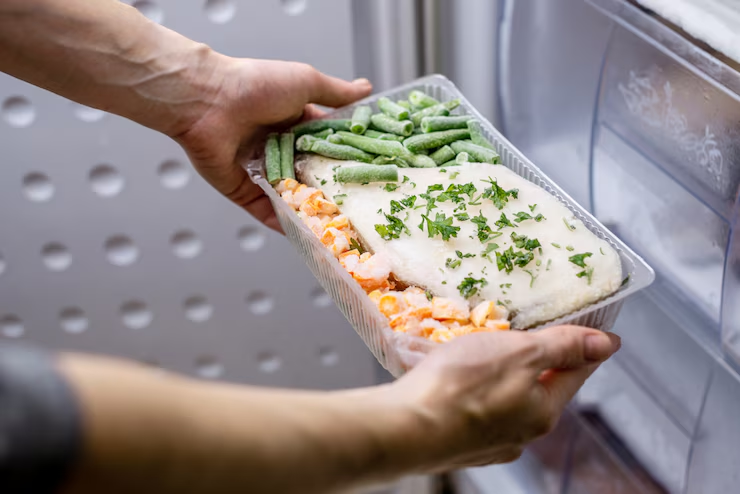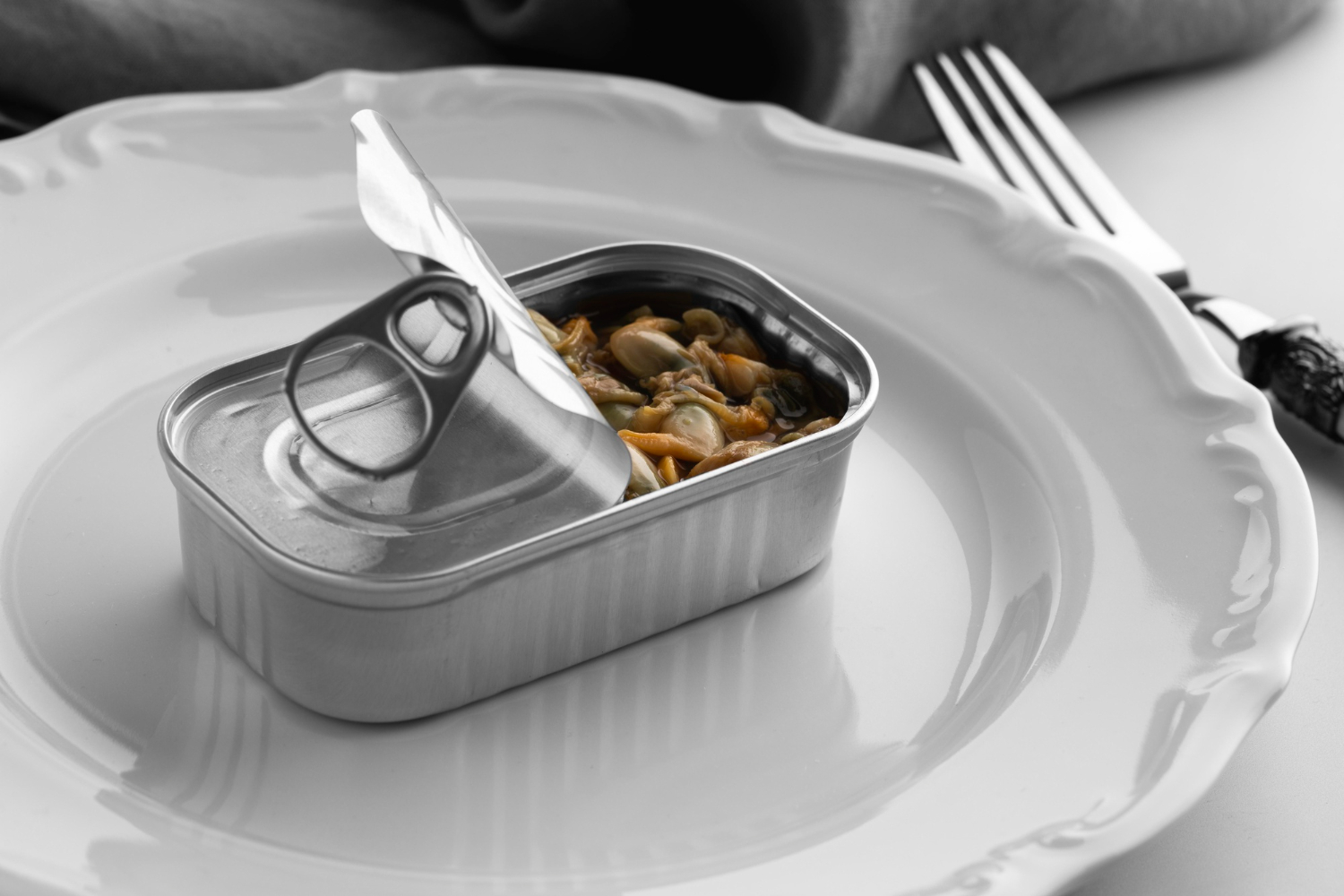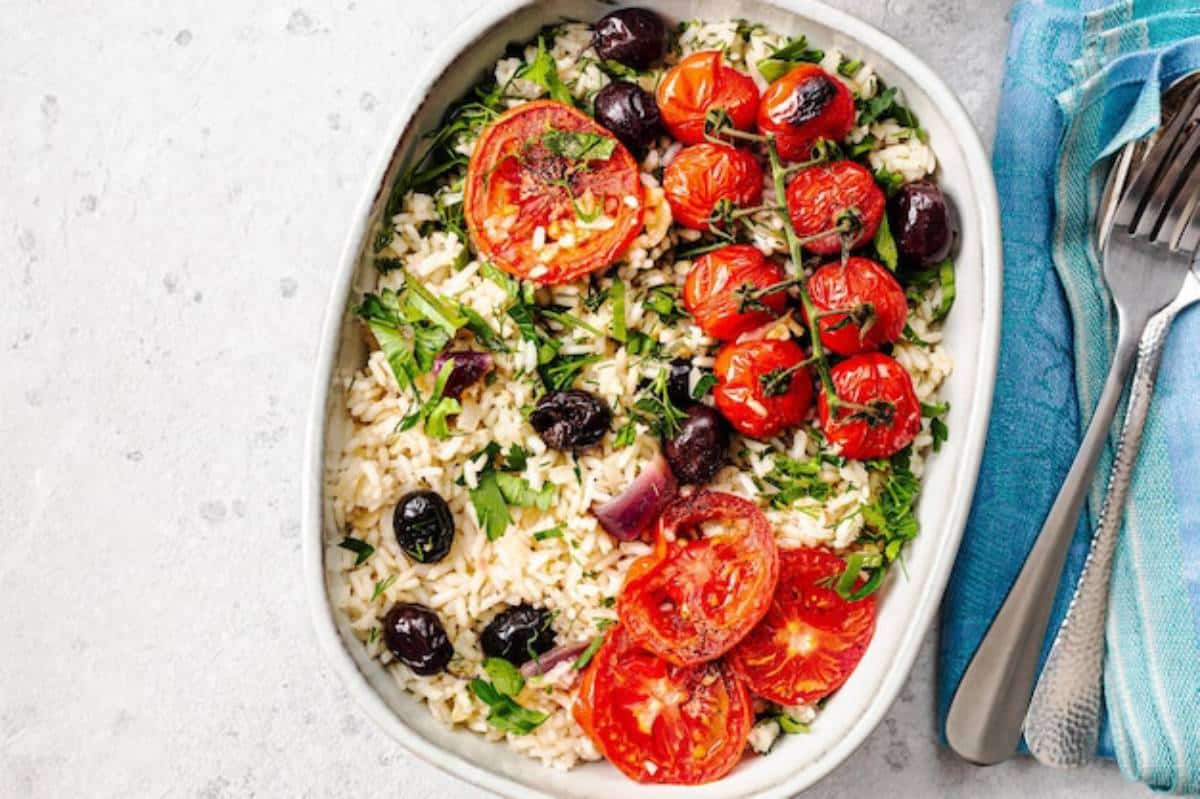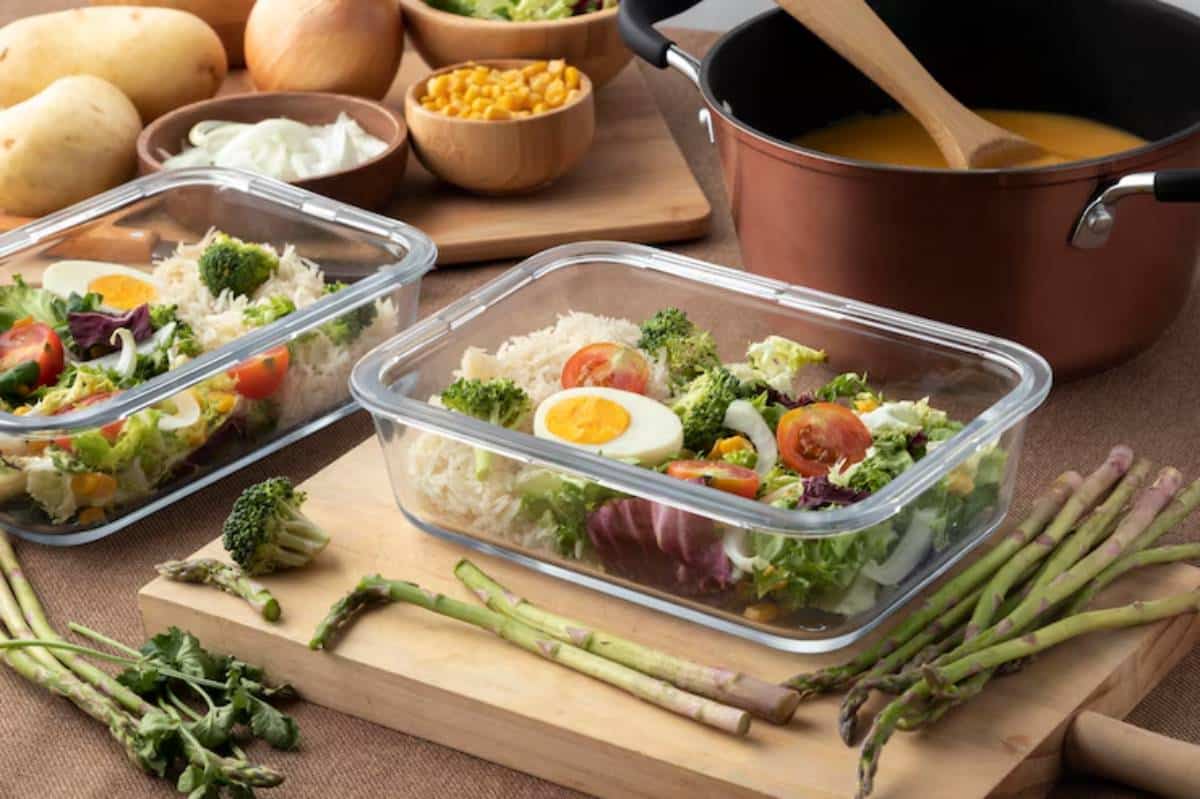
How to Prevent Soggy Lunches
You’ve prepped your lunch the night before. Everything looks perfect — crisp lettuce, flaky pastry, crunchy carrots. But by lunchtime? It’s a limp, waterlogged disappointment. The soggy lunchbox dilemma is all too familiar, whether you’re packing wraps, salads, or sandwiches.
The good news? This problem is entirely preventable. With a few key strategies, you can keep textures intact and flavours fresh — no matter how many hours pass between packing and eating.
In this expert guide, you’ll learn how to fix soggy lunchbox meals for good. From choosing the right containers to layering ingredients like a pro, these tips will help you pack a lunch that’s as enjoyable at midday as it was when you made it.
Understanding Why Lunches Go Soggy
Sogginess often stems from moisture migration, temperature changes, and poor container selection. Key culprits include:
- Juicy ingredients (like tomatoes or cucumbers) release liquid
- Condensation from hot food cooling inside a sealed container
- Dips, sauces, or spreads soaking into bread or wraps
- Improper insulation or lack of airflow
Texture is a huge part of how satisfying a meal feels. A soggy sandwich not only tastes bland but can leave you reaching for snacks just to compensate. Avoiding sogginess isn’t just about aesthetics — it’s a genuine quality-of-life fix for your midday meal routine.
Quick Guide: How to Keep Lunch Crisp and Fresh
- Use separate containers for wet and dry components.
- Cool cooked food before sealing it in containers.
- Keep bread, wraps, and salad leaves away from moisture-rich ingredients.
- Pack sauces and dressings in mini pots and add them just before eating.
- Line containers with absorbent layers like paper towels or lettuce.
- Choose breathable or moisture-wicking packaging where appropriate.
- Store lunchboxes in cool, insulated bags with ice packs.
These quick interventions are simple but game-changing.
Step-by-Step Guide: How to Practise Soggy-Free Lunch Packing
Step 1: Choose the Right Containers
The container you choose can make or break your lunch.
Look for:
- Compartmentalised boxes to keep foods separate
- Airtight seals to prevent leaks
- Ventilated lids for items like fried snacks or baked goods
Choosing the right container layout not only keeps your food crisp but also makes the packing process more efficient. If mornings are rushed, these lunchbox time saver tips can help you pack faster without compromising freshness.
Pro Tip: Use stainless steel boxes for dry foods — they don’t sweat like plastic and help maintain texture.
Step 2: Let Hot Food Cool Before Packing

Putting hot or warm food directly into containers creates steam. That steam condenses inside the box, making everything damp.
Important: Always allow freshly cooked food to cool to room temperature before sealing it.
Step 3: Separate Moist Ingredients
Keep juicy items like tomatoes, citrus segments, or pickles isolated. Use small containers or silicone cups within the main lunchbox to prevent leaks and mixing.
If you’re packing sandwiches or wraps:
- Keep the filling and bread separate
- Assemble just before eating, or use a barrier like cheese or lettuce
Important: Never spread condiments directly onto bread if packing it hours in advance.
Step 4: Line Containers Thoughtfully
Line the base of containers with an absorbent material or moisture-resistant barrier.
Options include:
- Kitchen towel under grilled vegetables
- Large lettuce leaves as a natural liner
- Wax wraps to divide components
Step 5: Use Dressings and Sauces Wisely
Moisture-rich sauces are a major contributor to sogginess.
- Keep dressings in separate jars or mini pots
- Add sauces just before eating
- Use thicker spreads (like hummus) instead of runny condiments
Pro Tip: Use drier flavouring options like spice blends or dry rubs to avoid needing sauces at all.
Step 6: Insulate Properly

Temperature fluctuation leads to condensation, which leads to soggy food.
- Use a properly insulated lunch bag
- Include an ice pack to keep things cool
- Avoid packing next to hot drinks or warm foods
Best Practices & Additional Insights
Learn from Food Service Techniques
Restaurants and cafes deal with sogginess every day. Many use a “mise en place” method — preparing items separately and assembling only when ready to serve. You can apply this at home:
- Prep components the night before
- Pack separately in containers
- Assemble your lunch quickly in the morning or at lunchtime
Use Creative Barriers in Sandwiches
Rather than smearing mayo directly onto bread, create moisture barriers with:
- Cheese slices
- Leafy greens
- Thin omelette layers
These protect the bread and enhance flavour at the same time.
Adopt a Layering Strategy for Bowls and Salads
Layer ingredients so moisture moves downward, not upward.
Ideal order:
- Dressing at the bottom
- Firm grains or pasta
- Proteins
- Chopped veg
- Soft leaves or herbs on top
This way, delicate items stay dry until mixed.
If you’re packing salads often, you’ll love our guide to cold pasta lunches.
FAQs
- How do I stop sandwiches from getting soggy in the lunchbox? Keep fillings and bread separate if possible. Use firm spreads, create barriers with cheese or lettuce, and avoid watery vegetables.
- What containers are best for keeping food crisp?
Use compartmentalised lunchboxes, bento containers, or separate leak-proof pots for wet and dry ingredients. Ventilated lids also help for items like fried foods. - Can I prevent sogginess without using plastic?
Yes. Stainless steel, beeswax wraps, and silicone containers are excellent plastic-free alternatives that help manage moisture. - Should I freeze food to keep it dry?
Not usually. Frozen food defrosts and creates excess water. Only freeze if the entire meal is meant to be eaten warm later and reheated properly. - What’s the best way to pack a wrap that stays crisp?
Line with dry greens, keep wet ingredients out, and roll tightly with parchment paper. Store in foil or wax wrap separately from any dips.
The End of the Soggy Lunch Starts Here
A soggy lunch can ruin even the most thoughtfully prepared meal, but with just a few tweaks, your lunchbox can be a daily highlight rather than a letdown.
By understanding moisture movement, smart packing methods, and proper ingredient layering, you gain full control over your lunch experience. These aren’t complicated changes, but they’re powerful habits that will completely transform your midday meals.
So why settle for soggy when you can enjoy crisp, fresh, and flavourful every time?
Start applying these no-sog tips today — and make your lunchbox something to look forward to again.


